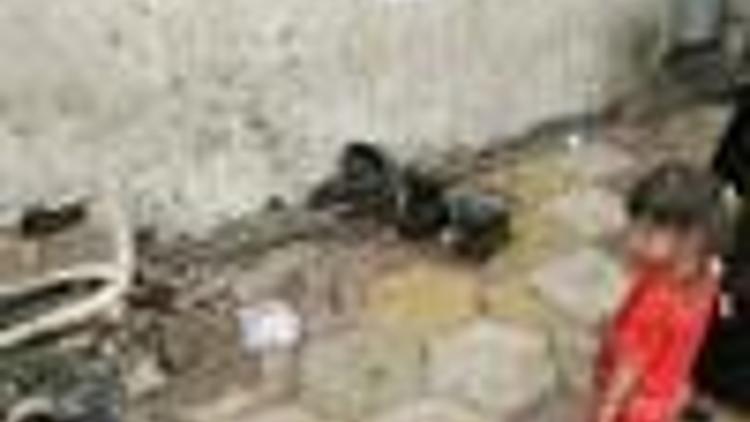At least 60 killed in two suicide bomb attacks
Güncelleme Tarihi:

BAGHDAD - Two suicide bombers wearing vests stuffed with explosives blew themselves up in separate attacks in Iraq on Thursday, killing 28 people in Baghdad and 32, most of them thought to be Iranian pilgrims, north of the capital, police said. (UPDATED)
The blast in central Baghdad took place as a group of Iraqi national police were distributing relief supplies to Iraqis who had been driven from their homes during the sectarian bloodshed and insurgency unleashed by the 2003 U.S.-led invasion.
�
Fifty people were wounded and at least five children were among the dead, police said.
�
"It is a suicide bomber. Obviously that has the fingerprints of al Qaeda," said Baghdad security spokesman Major-General Qassim Moussawi.
�
The second attack occurred near Muqdadiya, 80 km (50 miles) northeast of Baghdad, in the volatile northeastern province of Diyala. The suicide bomber appeared to have targeted a group of Iranian pilgrims in a restaurant.
�
Most of the 32 dead were believed to be Iranians visiting Shi'ite Muslim religious sites in Iraq, police said. Sixty-three people were wounded.
�
Violence across Iraq has fallen sharply over the past year, but insurgents such as al Qaeda still carry out regular attacks. Suicide bombings are often associated with al Qaeda.
�
A suicide bomber on Wednesday killed at least five people and wounded 15 inside a mosque in central Iraq, and on Monday, a suicide bomber in a police uniform killed four policemen in Diyala. Eight U.S. soldiers were wounded.
�
Some expect violence to increase as rival political and armed groups position themselves ahead of a national election due to take place at the end of the year.
�
Iraqi officials say al Qaeda and other groups are also likely to try to increase their attacks as U.S. forces prepare to pull out of Iraqi cities by the end of June this year, ahead of a full withdrawal by the end of 2011.

